Written by: Linde Meintjes with Sarah Kingdom
Photography: Linde Meintjes
The Zambezi River rises in north-western Zambia, flows through eastern Angola, along Namibia’s north-eastern border and the northern border of Botswana, forms the border between Zambia and Zimbabwe, then flows across Mozambique, before finally emptying into the Indian Ocean. The Zambezi is Zambia’s most important river. It gives the country its name; is a source of hydroelectric power; for about 500 kilometres it serves as the country’s border with Zimbabwe; it thunders over the famous Victoria Falls and flows through the Barotse floodplains, where it is the location of the Litunga tribe’s famous Kuomboka Ceremony.
Starting its journey in the Mwinilunga District of north-west Zambia, Africa’s fourth longest river originates as a tiny burbling spring in a secluded stretch of marshy wetland and lush forest; close to where the borders of Zambia, Angola and the Congo meet. This is a small protected Miombo and Mushitu forest, rich in biodiversity, with nearly 200 bird species and numerous special mammals, including the Tree Pangolin, Long Footed Rat, Red-Tailed Monkey, and African Palm Civet. Within the protected forest, elevated wooden walkways lead to the source and follow the path of the river down the valley for some distance. The source itself is a small spring, bubbling from beneath the bottom of a fallen tree.
This is a river that evokes both mystery and excitement and a journey to its source, well off the beaten track, is a journey of discovery.
Linde Meintjes and her camera visited the source of the Zambezi and were in awe of how such a small spring, bubbling up from beneath tree roots, could become such a beast of a river by the time it reaches the Indian Ocean.
The river’s source is about 53 kilometres north-west of Mwinilunga, but backtracking a little… Linde visited a couple of places of interest on the way…
“The T5 road heading towards Mwinilunga is no walk in the park! No! Mrs GPS was getting so scared of the bad road, that she pretty much stopped giving directions and started praying instead! Just joking, folks!” says Linde.
She goes on to say “there’s a blessing in disguise with the bad roads though, as you get a chance to smile and wave at the local people by the side of the road”. She even got the opportunity to stop and chat with villagers drawing water from their wells. 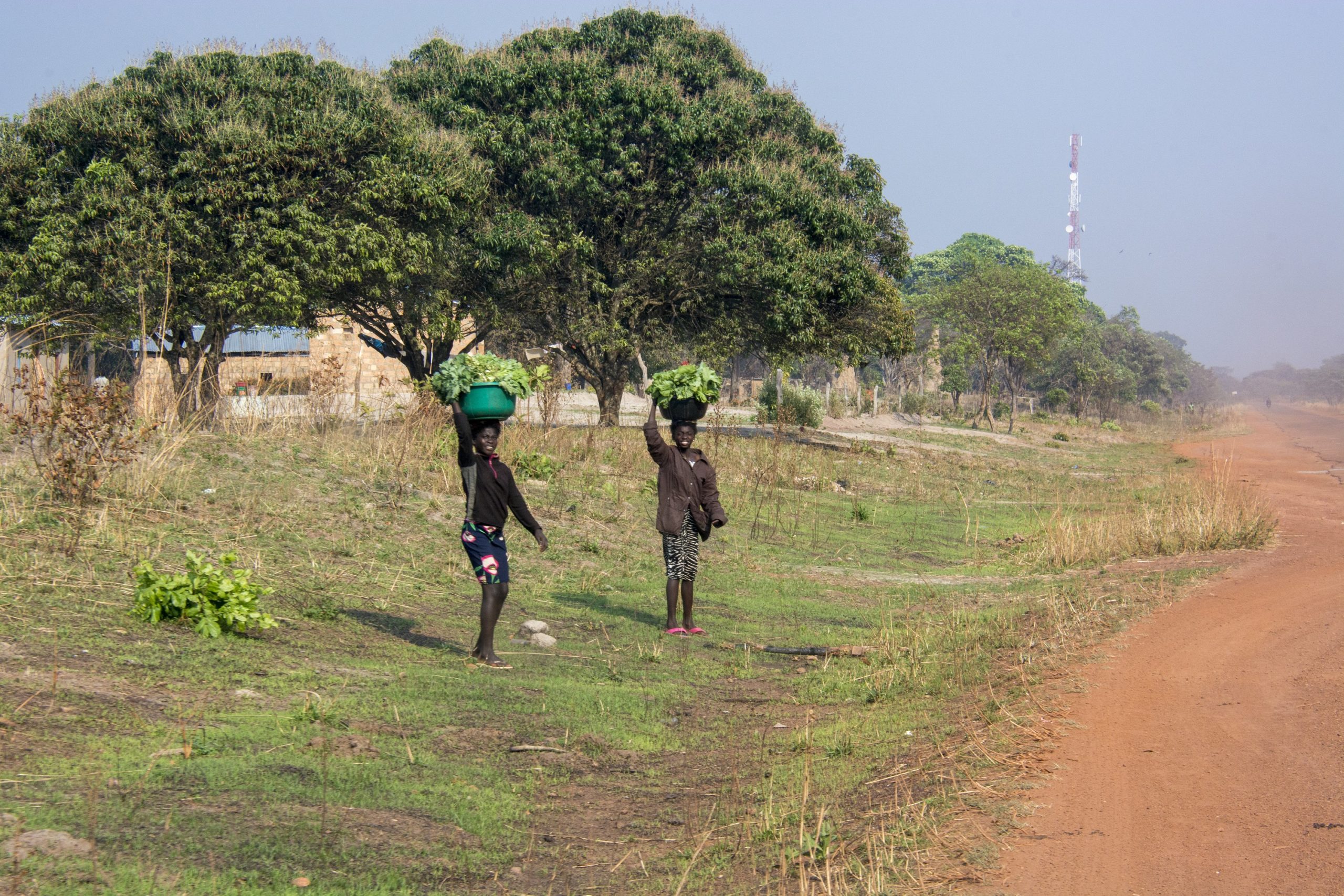

The first place Linde visited on her way to the source was the Nyangombe Training Center, next to the Nyangombe River, where there was a small waterfall as well as a nice campsite. The training centre is about 10km from the T5 clearly marked with a signpost.
Her second port of call was Mujila Waterfall, about 34km off the T5 to the north. Mujila is a bit hard to find she says, but when the GPS failed to direct they got help from local residents, even giving a ride to ‘Mr Help’, who sat on the bonnet of their vehicle and directed them to their destination!
Travelling on, Linde says the turnoff to the source of the Zambezi is clearly marked with a Zambian Heritage Site signpost. As you travel down this road on you will find that the Congo is on your right and Zambia is on your left.
Reaching their destination Linde found “a friendly guide who greeted us at the visitors’ centre, where we paid a small entrance fee and took us on a guided tour.” She says “the distance from the visitors’ centre to the source is a short walk on wooden walkways in a dense forest with beautiful trees and natural vegetation.”
The visitor’s centre explains the importance of the Zambezi River and provides information on the forest environment. The site also includes a monument to mark the Independence of Zambia, unveiled on 24th October 1964.
Linde says “You haven’t really been to the source if you haven’t had a drink! Sweet pure water fresh from the spring!”
We hope you enjoyed visiting the source of the Zambezi with Linde and her fabulous photos. We hope you will find the time to make the journey yourself one of these days.
FUN FACTS ABOUT THE ZAMBEZI:
- On its journey, the Zambezi spends most of its time in Zambia and the least in Botswana. Though upstream of the Victoria Falls, and near Botswana’s Chobe National Park, the river forms the border between Zambia, Zimbabwe, Namibia and Botswana, the world’s only Quadripoint.
- Along its course, the Zambezi (meaning “Great River” in the language of the Tonga people) includes along its course the Victoria Falls, one of the world’s greatest natural wonders, and the Kariba and Cahora Bassa dams, two of Africa’s largest hydroelectric projects.
- With a catchment area of 1,390,000km² and a length of approximately 2,700km, from its source in north-western Zambia through to the Indian Ocean, the Zambezi River is ranked fourth when it comes to largest rivers on the African continent (after The Nile, The Congo, and The Niger).
- The Zambezi flows over several waterfalls on its journey to the sea. By far the most notable waterfall on its course, is the mighty Victoria Falls, one of the Seven Natural Wonders of the World and World Heritage Site. The river cascades over several other well-known falls including the Chavuma Falls in north-west Zambia and the Ngonye Falls in western Zambia.
- Despite its impressive length, bridge crossings over the Zambezi are few and far between. Notable crossings include the Otto Beit Bridge at Chirundu in Zimbabwe, the historic Victoria Falls Bridge, the Katima Mulilo Bridge between Namibia and Sesheke in Zambia, and the Tete Suspension Bridge in Mozambique. Soon to be opened is the Kazangula Bridge between Zambia and Botswana.
- The Zambezi has two massive dams which are a source of hydroelectric power, the Kariba Dam in Zimbabwe, and the Cahora Bassa Dam in Mozambique. Both are man-made dams constructed to provide hydroelectric power to Zambia and Zimbabwe, and Mozambique and South Africa respectively. There are two smaller hydro plants at Victoria Falls and Kalene Hills.
- A little known fact is that over two million years ago, the Upper Zambezi used to flow through what is now the Makgadikgadi Pans in Botswana. As a result of the tectonic shift, a vast lake was formed, and the river shifted eastwards.
- The Zambezi River is home to what is probably the world’s most thrilling white water rafting. Just below the Victoria Falls, there are 24 rapids in a stretch of river that winds its ways through the Batoka Gorge. The rapids range in difficulty and excitement from Grade III to Grade V (the highest commercial grading possible).
- The Zambezi River flows through numerous game reserves and national parks, providing sustenance to a diverse array of game, birdlife and fish species.
- The Zambezi is not only a major tourist attraction but also a lifeline and a constant source of income for millions.

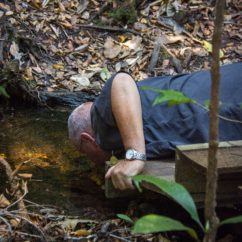
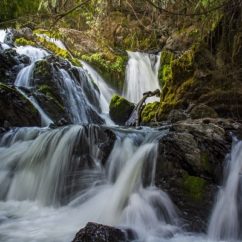
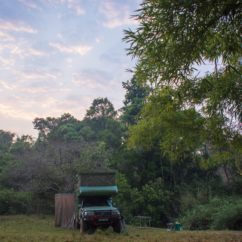
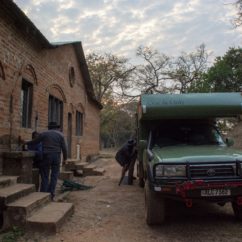
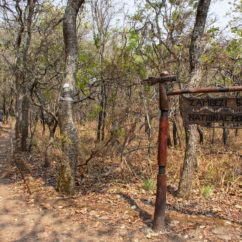

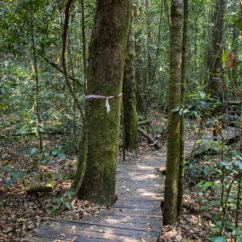
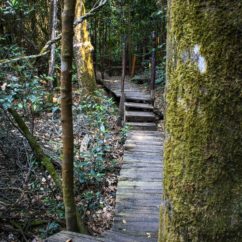
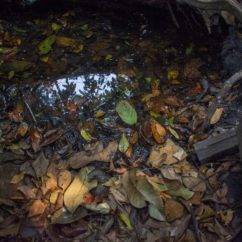
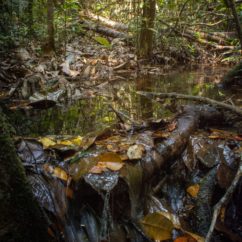
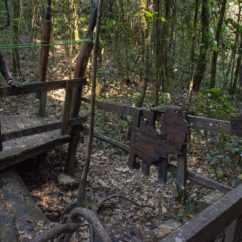

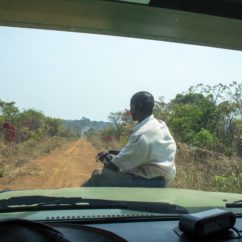
Leave A Comment